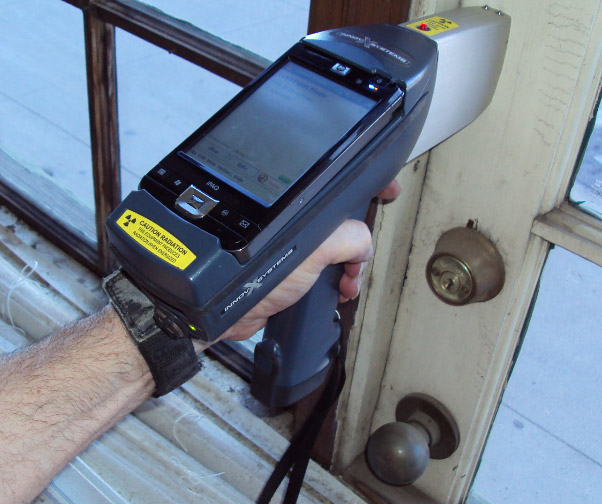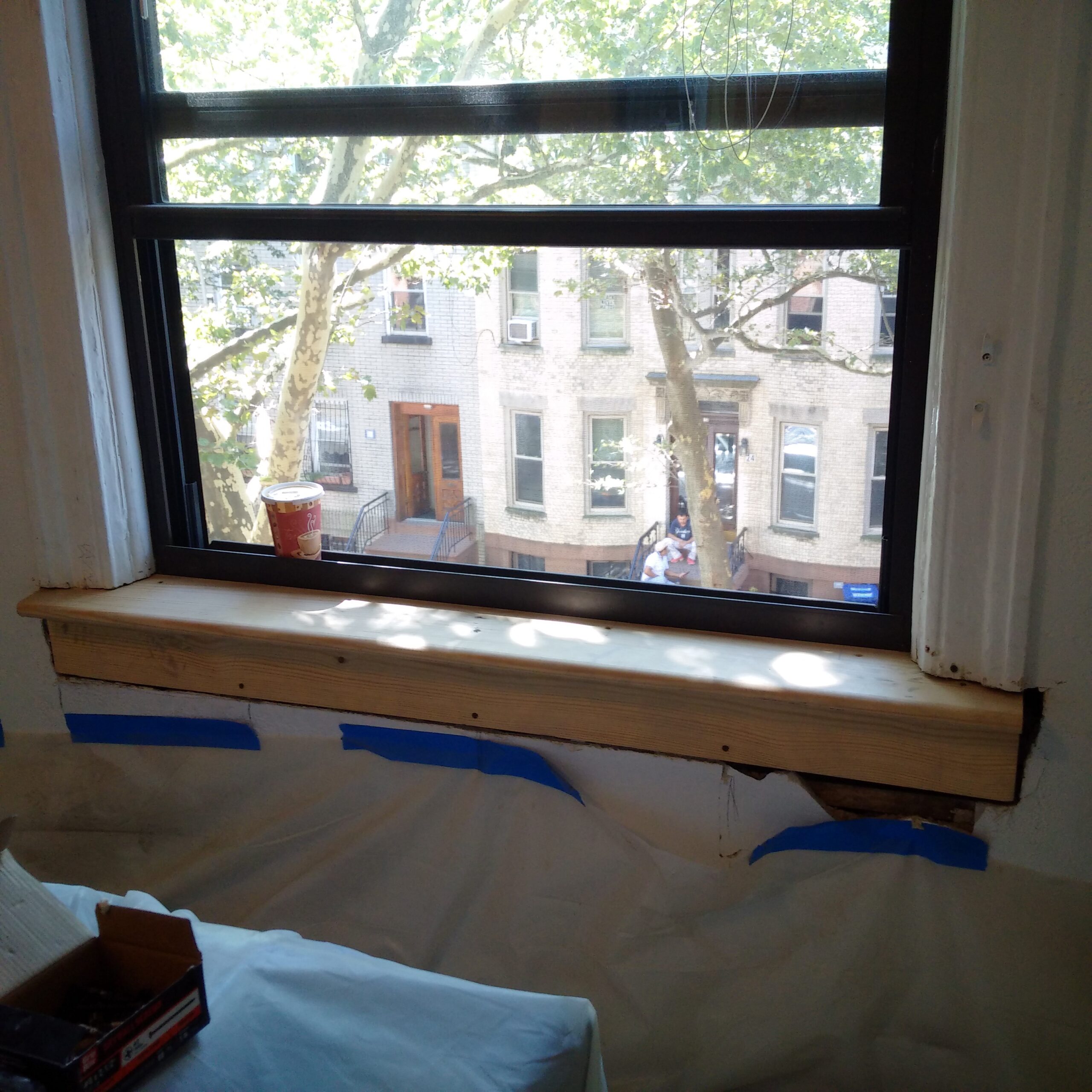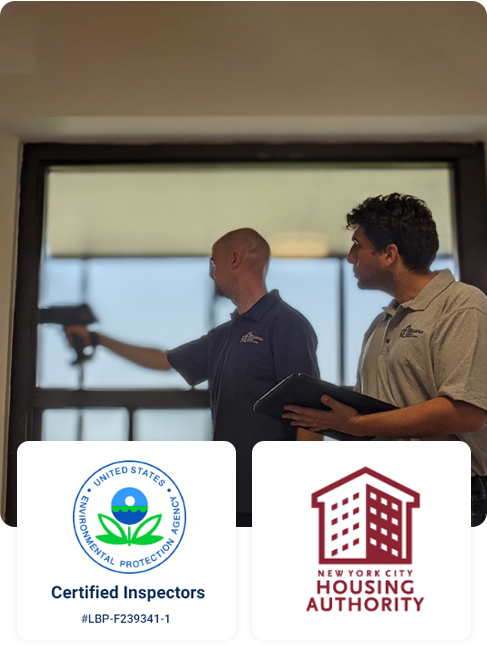NYC Lead Paint Removal Company-- Making Certain Safe and Legal Conformity
NYC Lead Paint Removal Company-- Making Certain Safe and Legal Conformity
Blog Article
Finest Practices for Ensuring Safe and Complete Lead Violation Reduction
Addressing lead infraction reduction requires a multi-faceted strategy to make certain both security and conformity. Preliminary analyses using sophisticated discovery methods such as XRF analyzers established the phase for an exact understanding of contamination levels. Incorporating correct control techniques, including impermeable obstacles and HEPA filtration, combined with making use of personal safety tools (PPE) for employees, forms the backbone of a safe procedure. Meticulous clean-up protocols, featuring HEPA vacuuming and wet-wiping, are critical. It's the final clearance process, involving comprehensive evaluations and lab testing, that genuinely verifies a lead-free atmosphere, guaranteeing long-lasting safety. How do these practices interconnect to ensure detailed lead reduction?

Initial Assessment
Performing a preliminary assessment is an essential primary step in lead offense reduction. This phase incorporates a detailed analysis of the building to determine the visibility, degree, and specific areas of lead-based risks. Certified professionals, such as qualified lead inspectors or take the chance of assessors, should execute an extensive website evaluation, making use of tools like X-ray fluorescence (XRF) analyzers to precisely detect and determine lead focus in paint, dust, dirt, and water.
The assessment must additionally include an evaluation of the structure's history, previous records, and any kind of grievances or health and wellness issues reported by residents - Lead Removal Contractors. Recording the findings diligently is necessary, as these documents form the basis for establishing a reliable reduction technique. A complete assessment also includes tasting and research laboratory evaluation, which are vital to validate the visibility of lead and guide subsequent actions
Moreover, it is critical to communicate the results transparently to all stakeholders, including homeowner, occupants, and governing authorities. By ensuring that the initial evaluation is carried out with precision and rigor, experts can lay a strong structure for a targeted and effective lead reduction process, inevitably guarding public wellness and ensuring conformity with regulatory standards.
Correct Control
Appropriate containment is critical to stop the spread of lead pollutants during reduction tasks. Properly handling containment lessens the danger of lead dirt and debris moving to non-work locations, thereby securing both the atmosphere and people outside the instant job zone.

Regular assessments of the containment location are necessary to look for breaches or weak points in the barrier. Any type of identified issues must be quickly resolved to maintain the integrity of the containment. By sticking to these techniques, reduction projects can efficiently control lead contamination and minimize involved wellness risks.
Worker Security
Ensuring employee security is vital throughout lead abatement jobs to prevent work direct exposure to dangerous lead fragments. Important procedures consist of using personal safety tools (PPE) such as respirators, gloves, and full-body suits particularly made to block lead dust and fumes. Employees need to undergo thorough training on the correct usage and maintenance of PPE, including in shape screening for respirators to make certain maximum efficacy.
Engineering controls, such as regional exhaust ventilation systems, are critical in minimizing airborne lead concentrations in the work atmosphere. Administrative controls must likewise be carried out, consisting of restricting the period of direct exposure and turning workers to minimize private direct exposure times. Routine clinical monitoring and organic tracking are vital for very early discovery of lead absorption, making it possible for prompt intervention and treatment.
Additionally, establishing a decontamination protocol is vital. Employees should adhere to rigid decontamination treatments prior to breaks and at the end of their change to avoid lead dust from being carried outside the job location. This consists of extensive hand and face washing with lead-specific cleaning representatives and transforming out of polluted clothes.
Precise Cleanup
Keeping a risk-free workplace extends past worker protection and incorporates careful clean-up to ensure lead fragments are completely removed from the website. The process of meticulous cleaning is important in stopping the recontamination of the abated location and securing both current and future owners.
To accomplish a comprehensive cleaning, all workspace should be methodically sanitized. This includes making use of specialized HEPA (High-Efficiency Particulate Air) vacuum cleaner cleaners and wet-wiping strategies to catch and remove great lead dust that may have picked surface areas. It is vital to cleanse all horizontal surface areas, including floorings, home window sills, and countertops, along with vertical surface areas that might have trapped lead fragments.
Workers should put on suitable individual safety equipment (PPE) throughout cleaning to avoid exposure to residual lead dirt. Made use of cleaning products such as wipes, sponges, and wipe heads should be thrown away based on dangerous waste disposal laws.

Final Clearance
Last clearance is the crucial concluding phase of lead abatement that determines whether the site is safe for reoccupation. This crucial step involves extensive evaluation and testing to validate that all lead hazards have been effectively eliminated.

Last clearance testing not just shields future passengers however also makes sure compliance with local, state, and federal regulations. It offers as a documented validation of the reduction specialist's adherence to industry finest see page practices. Making website link sure a detailed and successful last clearance is necessary in protecting public wellness and promoting rely on the reduction process.
Final Thought
Ensuring risk-free and complete lead violation abatement demands a diverse strategy including first assessments with innovative detection techniques, reliable containment methods, stringent worker protection methods, and meticulous clean-up treatments. The last clearance stage, including detailed assessments and laboratory testing, is critical to verify compliance with EPA criteria. Adherence to these best techniques guarantees a safe setting for residents, reduces health and wellness risks, and supports governing needs, thereby promoting public health and wellness and safety and security in lead-affected locations.
Report this page